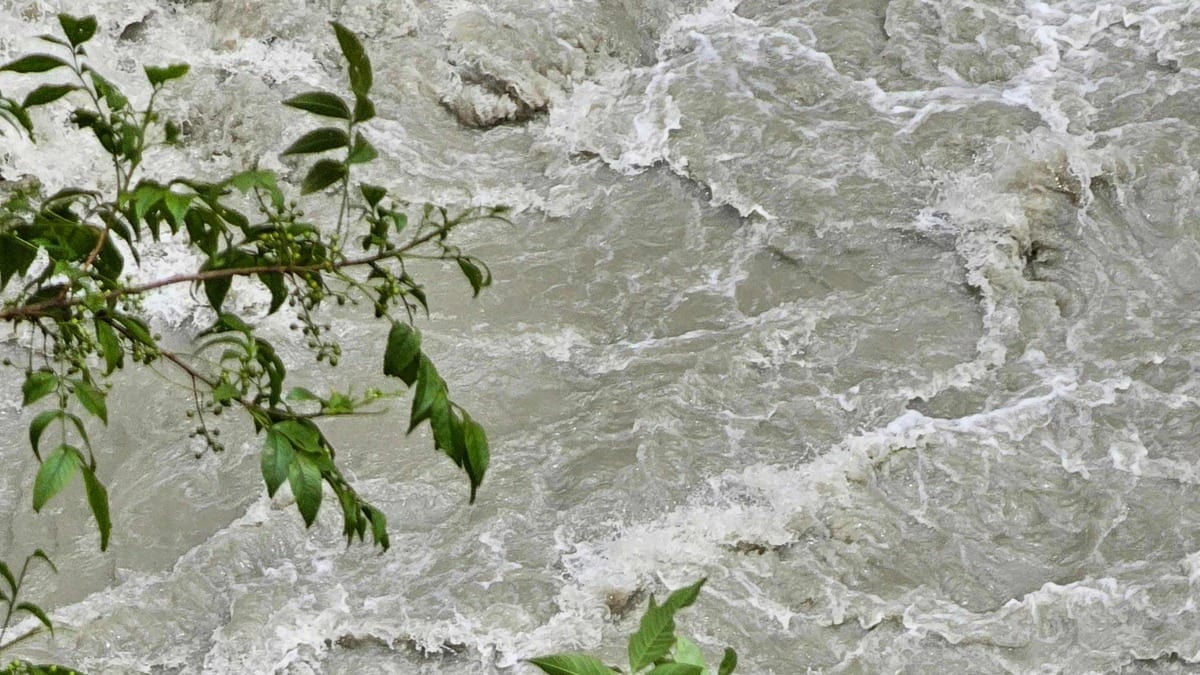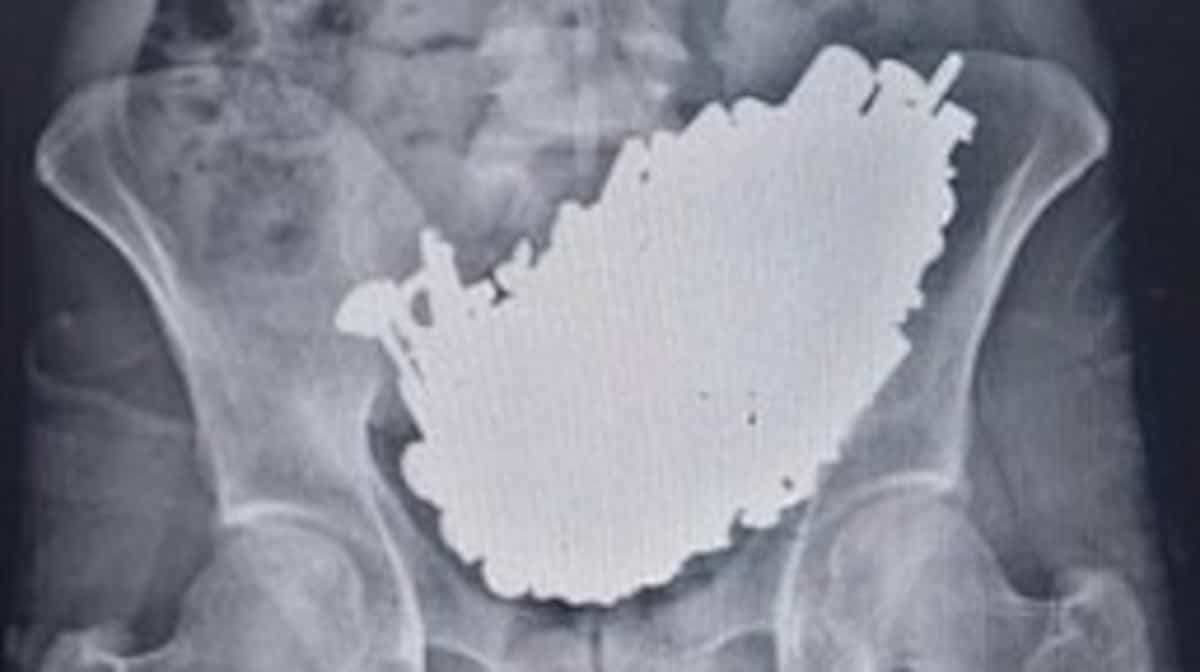
(Fort Lauderdale) Florida Gov. Ron DeSantis declared a state of emergency for much of the Gulf Coast on Saturday because of a weather system off the coast of Mexico that could soon turn into a tropical storm and move into the region.
Mr. DeSantis’ statement covers the Gulf Coast, from Fort Myers all the way north to Panama City. The emergency declaration covers thirty-three of the state’s 67 counties.
The National Hurricane Center says there is a 70% chance that the system will develop into a tropical storm by Monday. Currently, the storm will be called Idalia, if no other tropical storms have formed before it. Forecast models do not show the storm’s center approaching southwest Florida, where the deadly Hurricane Ian hit last year.
It is not known if the storm will reach hurricane strength or where exactly it will head. However, any storm of this type can cause massive flooding, power outages, coastal storm surge, and hurricanes.
Mr. DeSantis said in a statement that he issued his executive order “out of an abundance of caution, to ensure that Florida’s Department of Emergency Management can begin mobilizing resources and that Floridians have enough time to prepare their families for next week’s storm.”
“I encourage Floridians to put together a plan and make sure they stock up on their hurricane survival kit,” he said.
Forecast models indicate that the storm will curve northeast toward Florida, making landfall along the Gulf Coast north of Tampa near Big Benda. Then it heads diagonally across the state to reappear in the Atlantic Ocean, near southeastern Georgia.
So far this year, the US East Coast has been spared from hurricanes. But in the west, Tropical Storm Hillary caused widespread flooding, mudslides and road closures earlier this month in Mexico, California, Nevada and parts of the north.
The National Oceanic and Atmospheric Administration recently said that the 2023 hurricane season will be busier than originally expected, in part because of very warm ocean temperatures. The season runs until November 30, and generally peaks in August and September.






